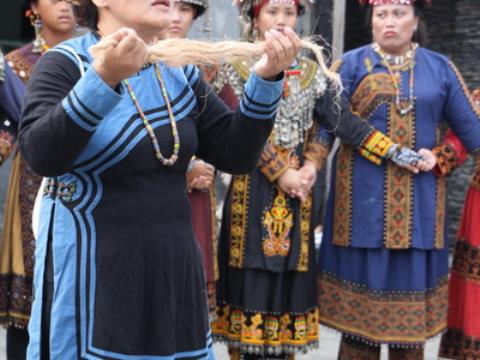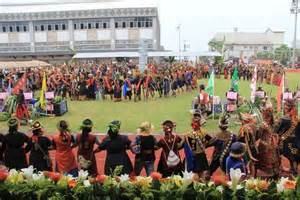 |
 |
Data source: http://zh.wikipedia.org/wiki
Harvest Festival
by Zhao Qi Jun
Held in July or August each year after the millet harvest festival, the Paiwan tribe, which is the beginning of the year. Millet is a staple of traditional Paiwan, celebrate the harvest festival at disproportionate attention. Traditional harvest festival for five days, during the ceremony range is an integrated worship. Many traditional thatched cottages built of offerings around the site, showing traditional everyday items, appliances and food. Exhibition Hall built a swing set. Song and dance events is one focus of the Festival, accompanied the ceremonies of ancestral worship dance, pray, harvest, farming dances, ancestral beliefs, practices, heroic deeds and emotions emotions and live show. The village people dance traditional to celebrate harvest festival dance, young kids jumping on the inner ring, second layer of the inner circle of the adolescents, adults outside the third ring, display tribal solidarity and cohesion, and young men and women also took the ceremonial dancing hand in hand, each table the love, joined in marriage. Hold a sports meeting on the last day, sawing wood, traditional sports such as archery, wrestling, and weight-bearing race is free fun in the harvest festival of entertainment, with negative match Paiwan men and carried 400 or 500 pounds of millet, see who goes far, Paiwan women around who's that man also took the opportunity to look at the finest healthy. Traditional harvest festival in the Paiwan, which is the beginning of the year. As the Chinese lunar new year in General. Harvest festivals connected with Aboriginal life, and with Aboriginal people, a year of good and bad fortune has a close relationship between rich and poor.
Harvest Festival is the mainstream for the Aboriginal cultural heritage of life support. Although modern-day harvest festival is not like a traditional harvest festival to worship at the core of "active", but a symbol of native life, looking ahead towards cultural heritage.